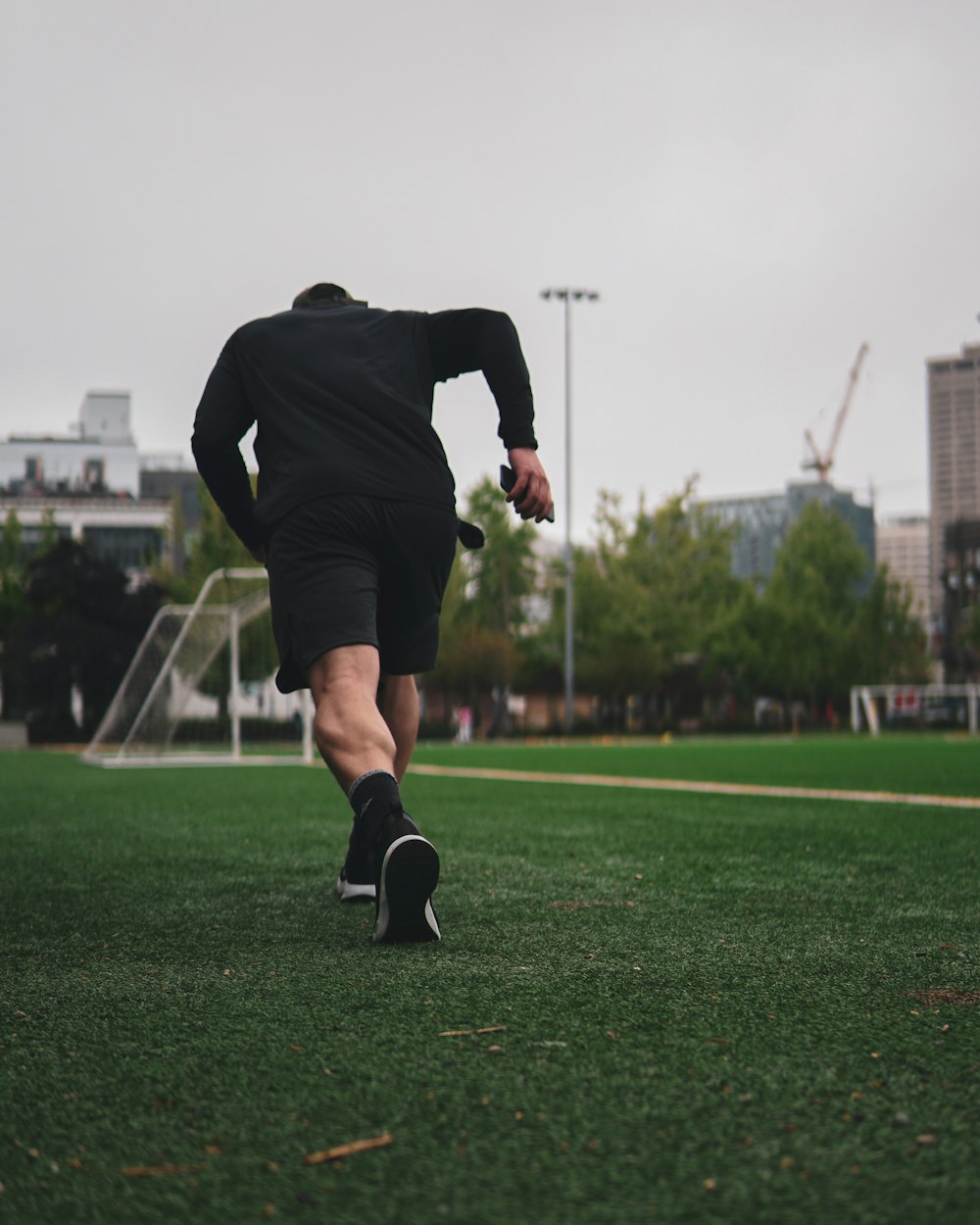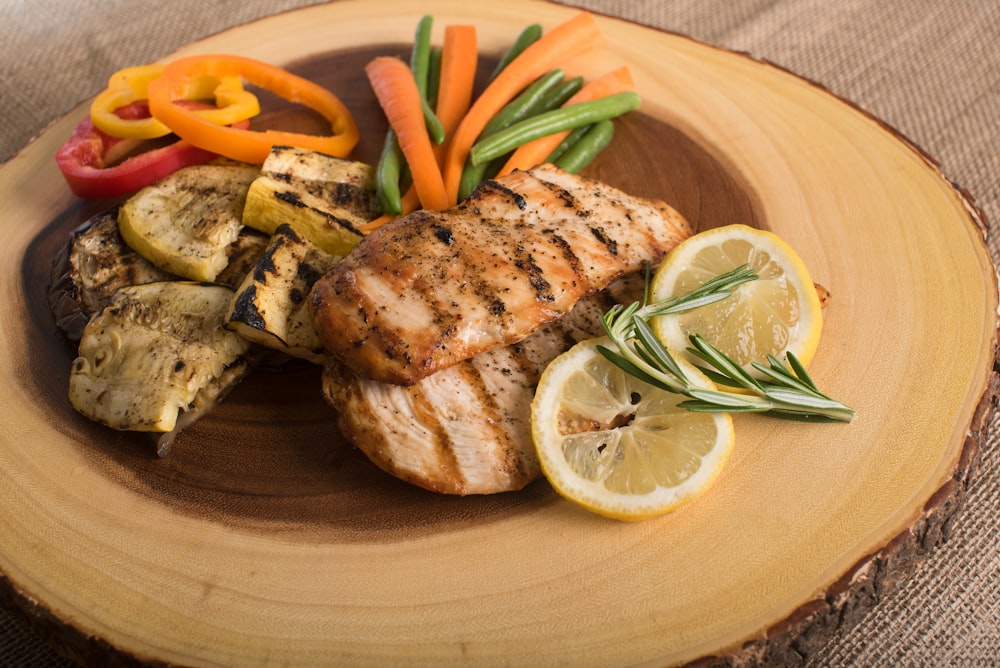Table of Contents
How To Grow Your Calves?
I know many of you want to grow your calves to at least a decent size, and some of you want then super meaty calves. Unfortunately, a big part of growing your calves is genetics, but that does not mean you can’t grow bigger calves through higher training frequency, progressive overload, high-intensity training, and proper rest and recovery. Either way in this article I will provide you with the different factors and methods that could be held back the growth of your calf muscles.

Importance of calf muscles
Even if you do not like having big calves from an aesthetic standpoint you at least have respect for the many very practical benefits of having strong calves. Some of these benefits include making walking and running easier, it can also make you run faster and allows you to jump higher and make your lower legs look more full. So if you want to potentially look more athletic than you are, train calves.
If you want to leran more about the importance of the calf muscles you can read this great article called The Importance of Calf Strength and the BEST Calf Strength Exercises
Muscle groups in the calves
Your calf muscle is split into two different muscle groups, the gastrocnemius which is the outside half of your calf, and the soleus which is the inside of your calf.
This outline provides a structure for covering the various aspects of calf growth, including anatomy, training, nutrition, rest and recovery, and common mistakes to avoid. You can expand on each subheading to provide more in-depth information and advice for your readers.

Genetics
Unfortunately, I have to admit that a large part of growing your calves is genetics. This is why sometimes you will look at people who don’t even train have some of the biggest calves you will ever see, and some of the most athletic people in the world have somewhat small calves.
In saying do not give up, having a defeatist mindset is the biggest issue plaguing most people when trying to achieve any of their goals, whether that be getting bigger calves or getting that promotion.
But not to worry as though some of you might not be able to grow massive calves, all of you will still be able to grow bigger calves, as you can still grow your calves a great amount if you implement the many tactics in this article.

Training Frequency and Intensity
The training frequency will vary depending on your training experience, but as a rule of thumb, I would recommend training your calves 2 to 3 times per week for optimal calf development. If you want to maximize muscle growth for a beginner I would recommend 10-15 sets per week, an intermediate trainer would be around 15-20 sets per week, and an advanced trainer would be 20-25 sets per week.
In terms of intensity, I would recommend going to failure without compromising your warm-up after a proper warm-up. Just remember not to go too heavy and make sure your reps a controlled with a full range of motion.

Specific Exercises
Though there is no ideal exercise here are some of the best calf exercises I would recommend is starting with bodyweight exercises such as simple standing calf raises with both of your calves, a donkey calf raise and soon afterward you can move to single-leg calf raises. But when doing the single leg calf raise remember to do both your calves equally as you don’t want to have a muscle imbalance.
Another very underrated calf exercise to jump rope, as not only is it a great exercise to help grow your calves, but jumping rope is also a great exercise to increase your cardio.

When you feel comfortable you should move to a weighted seated calf raise, a weighted standing calf raise on the smith machine or any machine, or a leg press calf raises with light weight with your knees slightly bent and your legs shoulder width apart.
But just because you are doing weighted exercises does NOT mean using heavy weights, your priority when doing these exercises should be to do all the reps with control and a full range of motion even if is with lower reps.
Though this is not an exercise routine I would recommend you create multiple workout routines with the exercises I mentioned earlier and others that you enjoy.
Nutrition
There is no special nutrition plan to help you grow monster calves, I would simply recommend increasing your protein intake to about 1 gram of protein per pound of body weight.
If you want to learn more in depth about how much protein you should for maximum results you should read this article called Optimal Protein Intake for Athletes and Fitness Enthusiasts: The Ultimate Guide.
Or if you want to learn more about when to time your protein intake to further maximise your results you can read this article here, Why Perfect Protein Timing is Crucial!

Recovery
When training any muscle group 2 to 3 times per week it is important to remember to give your muscles enough time to rest and recover, I would recommend at least 24 hours if not 48 hours before training the same muscle group again. Without proper rest not only can you not push as hard as you normally can slowing down your progress, but your not letting your muscle fibers grow further slowing down your progress.

Sleep
It is important to your calves and every other muscle groups in your body that you get proper sleep. As without proper sleep not only will you not have enough energy to properly perform any exercise in your workout, but in the long term it will also affect not only your calf muscles but also your the size in your whole body.
Progressive Overload
To really grow those stubborn calf muscle fibers you need to implement progressive overload whether you being seated calf raises or any other calf movement . What is progressive overload, it is to increase something about the activity to make it harder, and this is often down because you have gotten stronger. This idea applies to calf training and pretty much any form of training you can think of, whether that be using a resistance band, or using a weighted vest. When implementing progressive overload with proper form and a full range of motion you will see your calf size increase.

Hydration
The amount will differ depending on how big you are, but most people will say to drink about 8 cups per day but recommend 10 cups of water per day. Though water is the best option when trying to be hydrated, don’t be afraid to drink coffee, milk, tea, and juice, but just don’t overdo it.

Stretching
Stretching is extremely important as it can help reduce the build of lactic acid in your muscles, reduces joint strain, relax your muscles and reduces D.O.M.S(Delayed Onset Muscle Soreness)
Conclusion
Calf muscles and be extremely difficult to grow, but if you implement the proper recovery tactics, training tactics and progressive overload you will see you calves grow.

